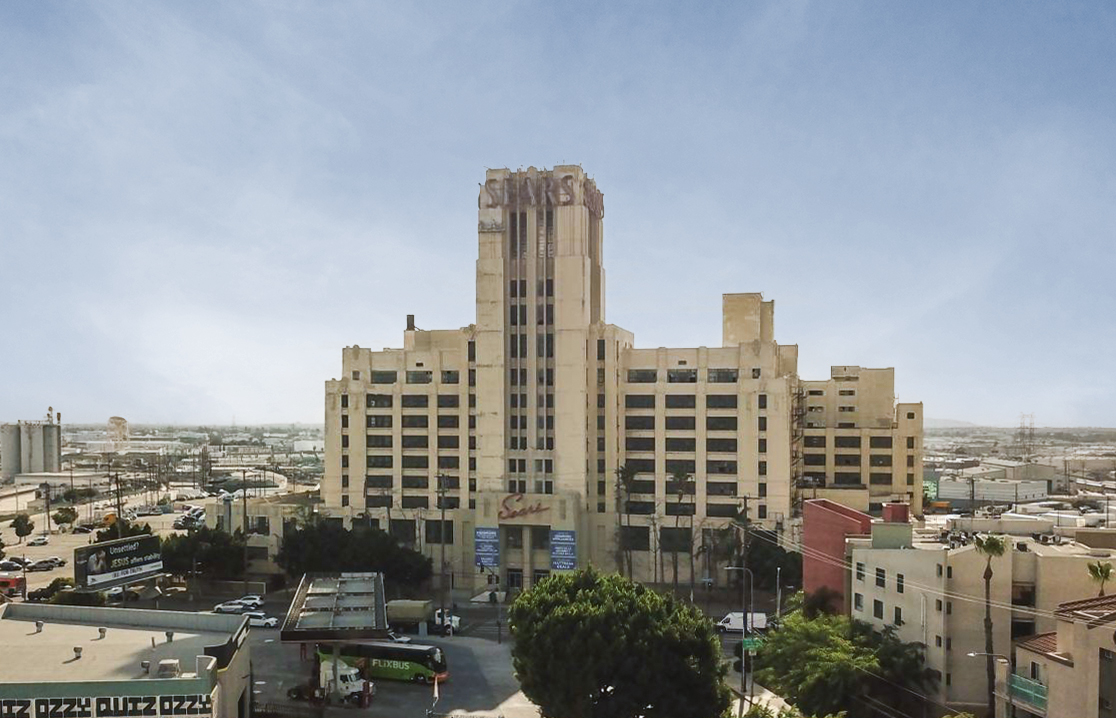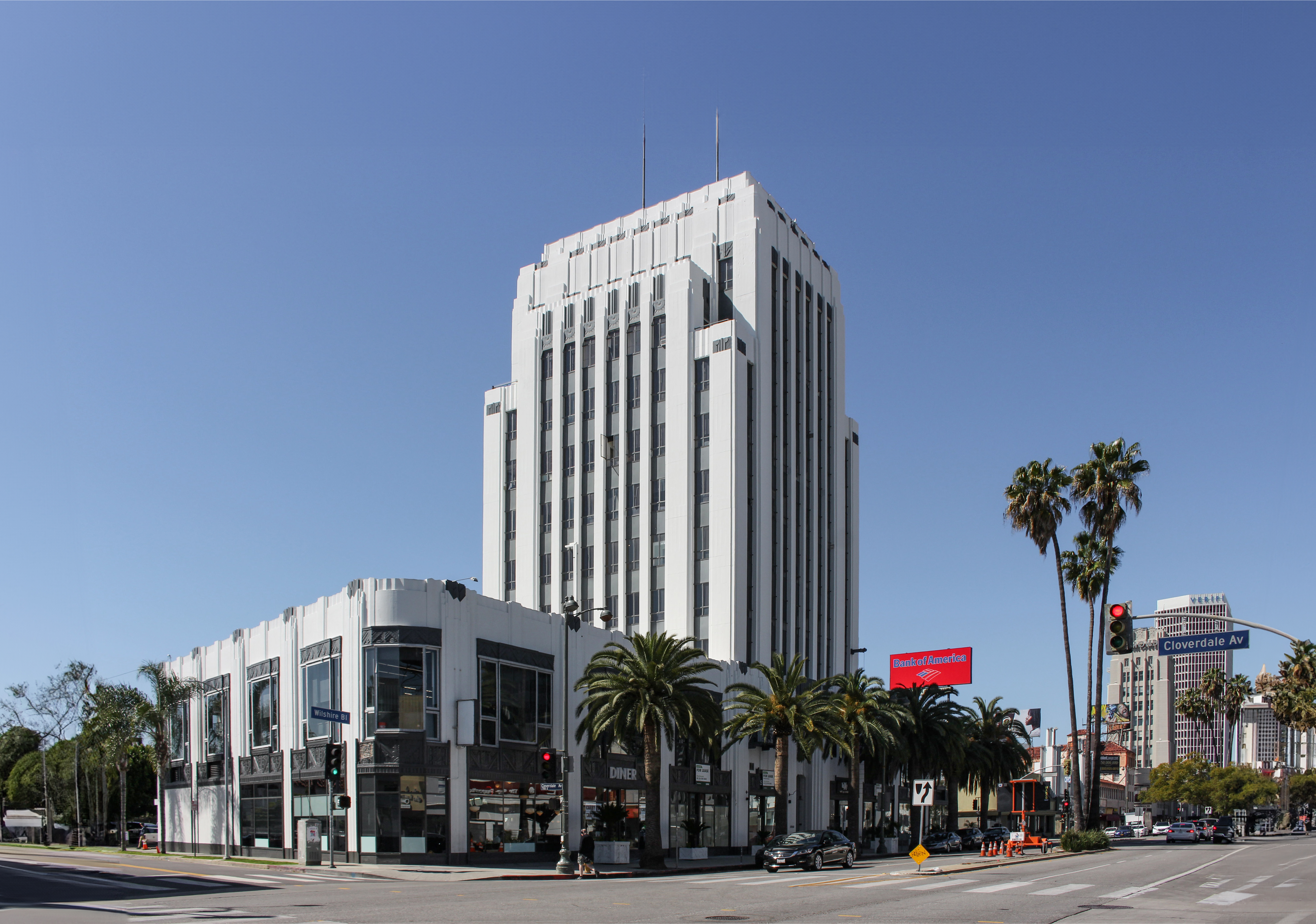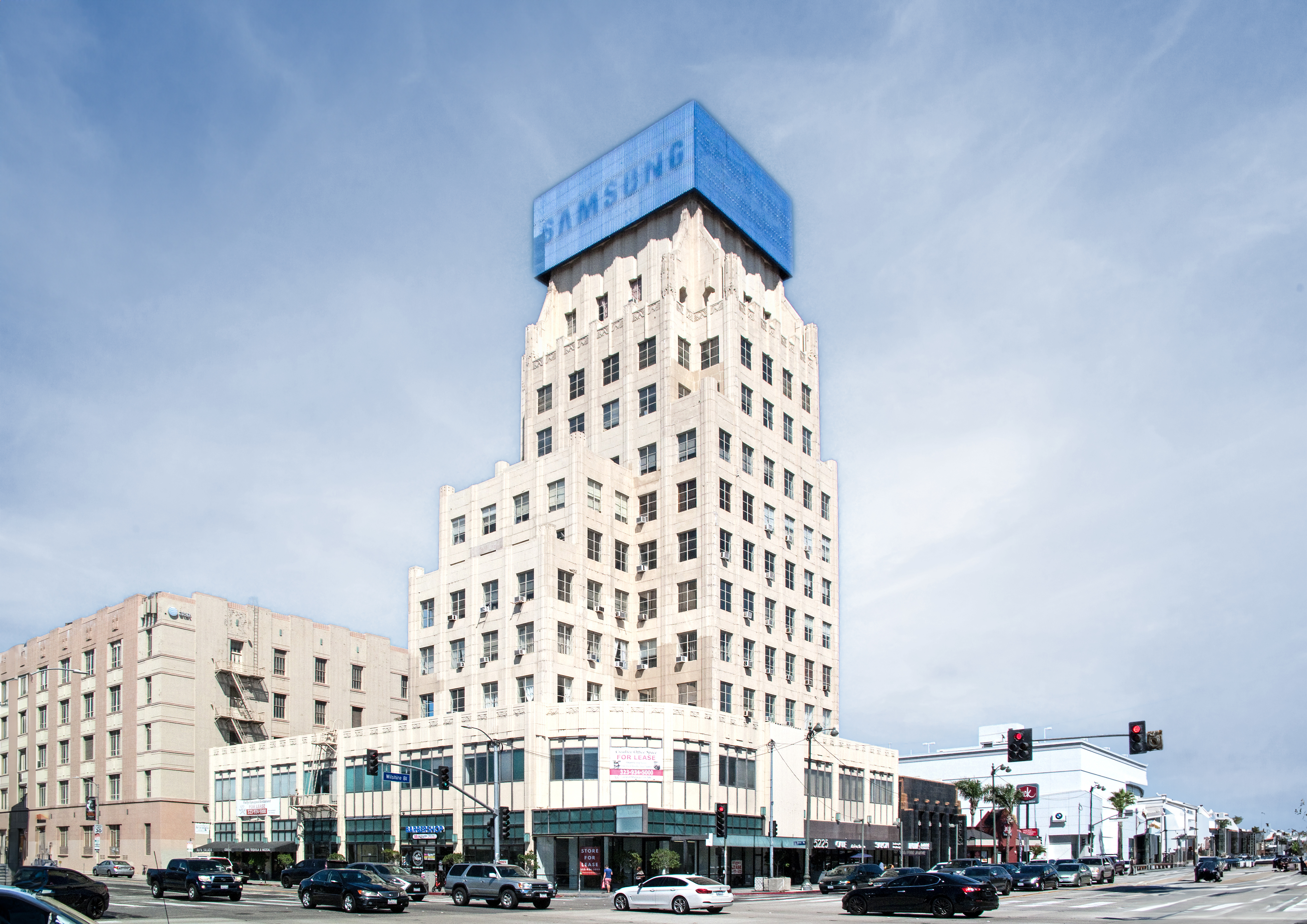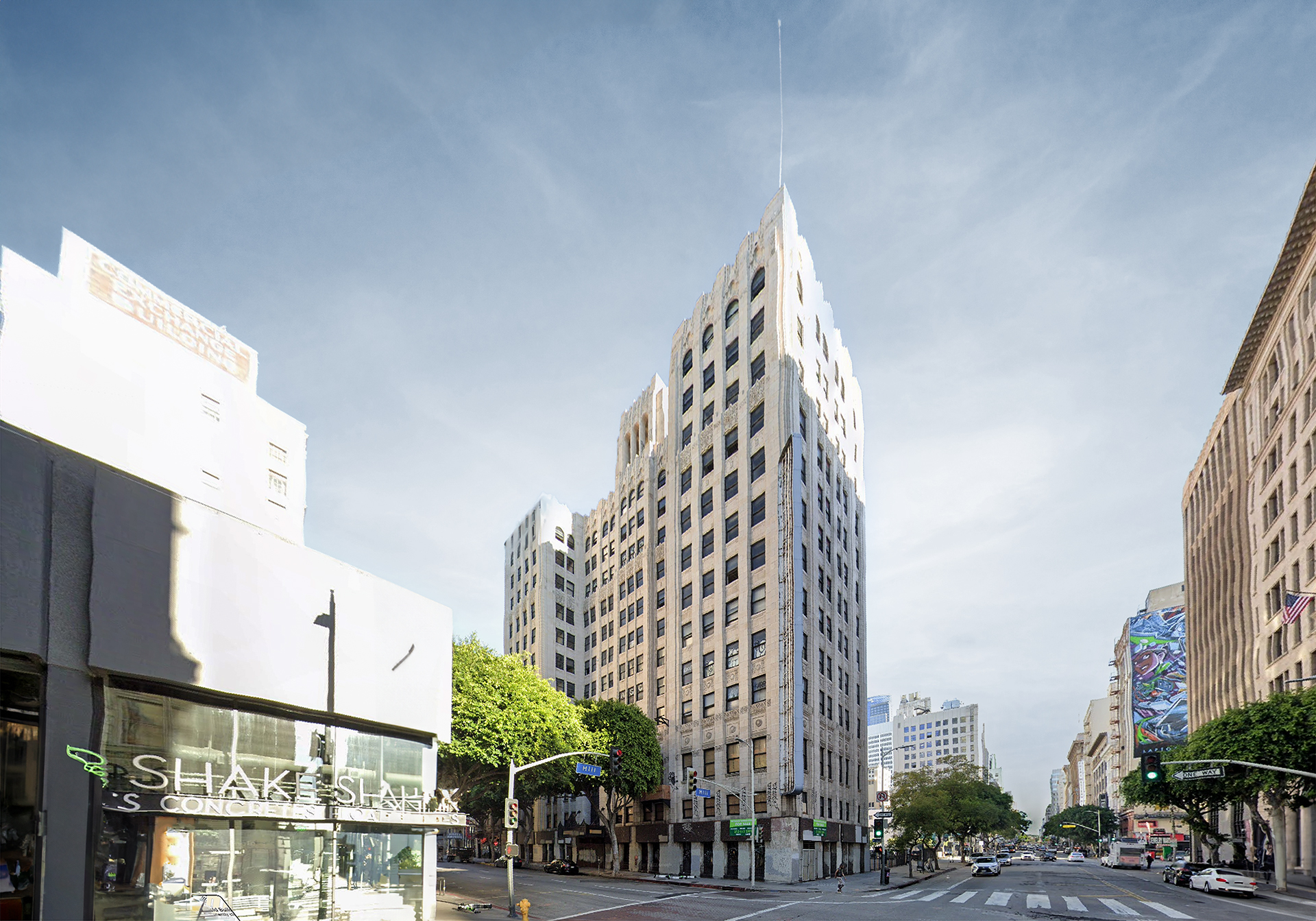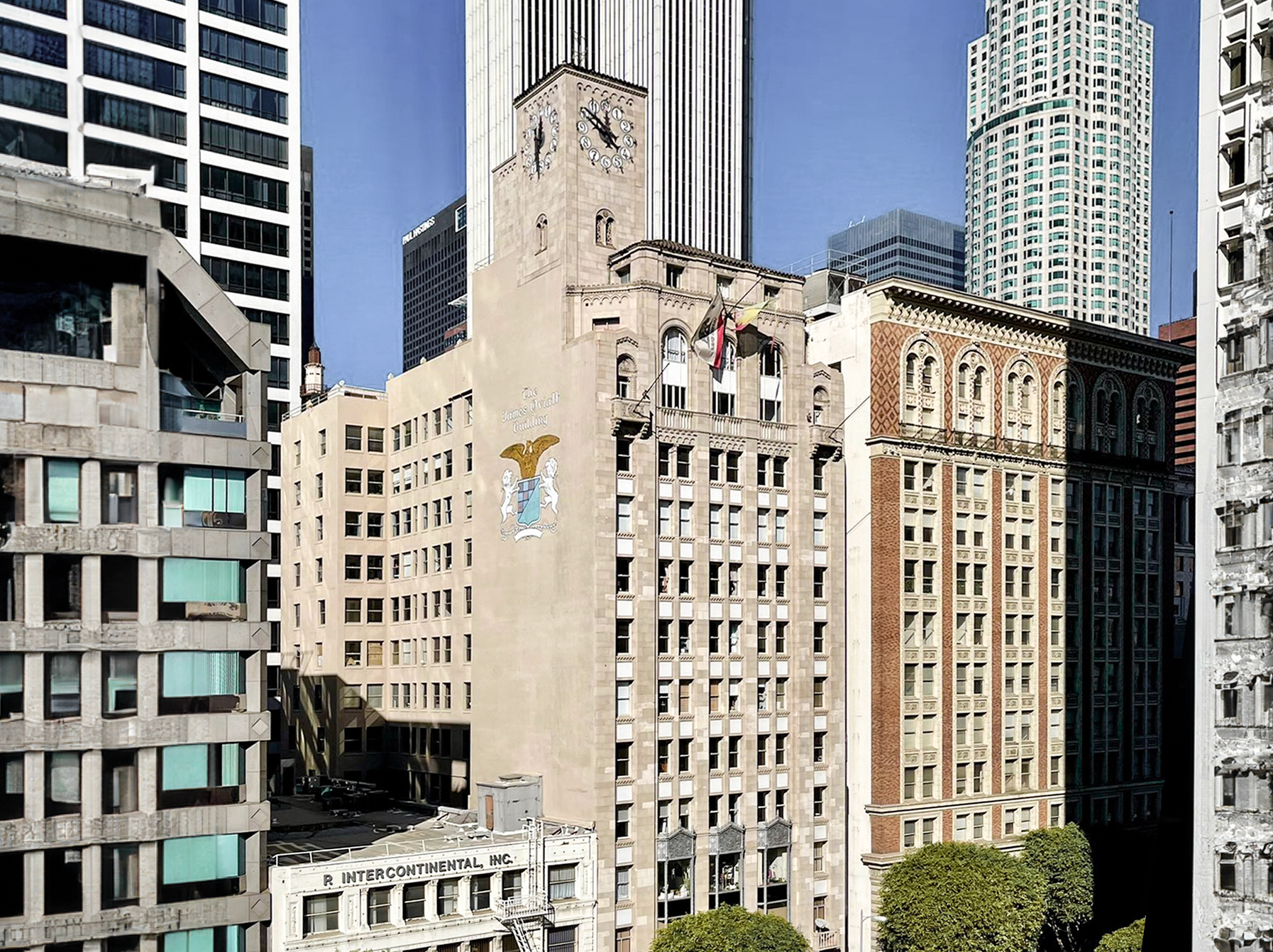The Sears, Roebuck & Company Mail Order Building is an Art-deco skyscraper designed in 1926 by George Nimmens Company and built between 1927 and 1927, for a reported $5.00 million dollars, in Los Angeles, CA.
Its precise street address is 2650 E. Olympic Blvd, Los Angeles, CA. You can also find it on the map here.
The Sears, Roebuck & Company Mail Order Building is a structure of significant importance both for the city of Los Angeles and the United States as a nation. The building embodies the distinctive characteristic features of the time in which it was built and the Art Deco style. Because of that, the Sears, Roebuck & Company Mail Order Building was officially included in the National Register of Historic Places on April 21st 2006.
The building has been restored 4 times over the years to ensure its conservation and adaptation to the pass of time. The main restoration works happened in 1929, 1940, 1959 and 1964.
